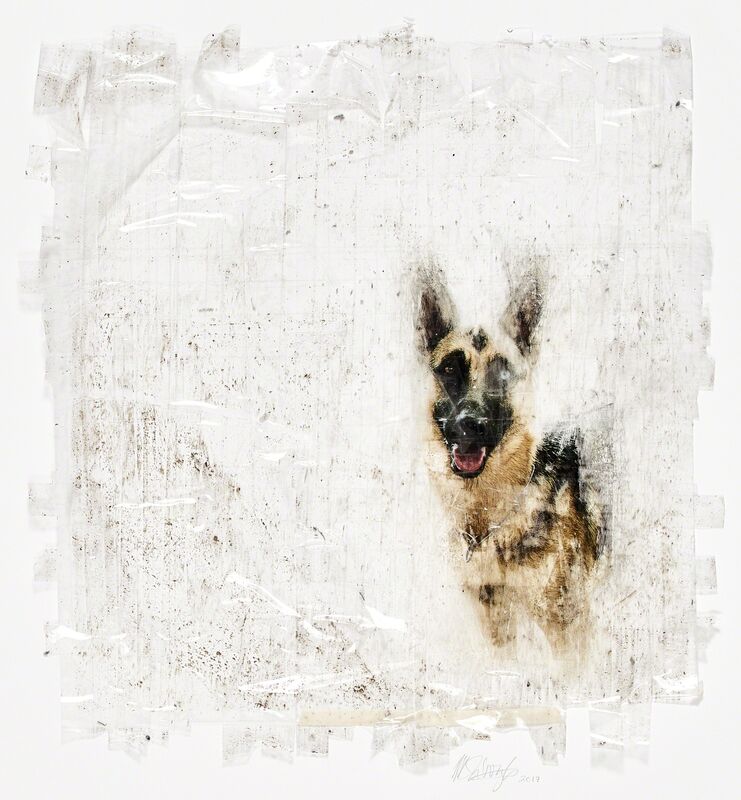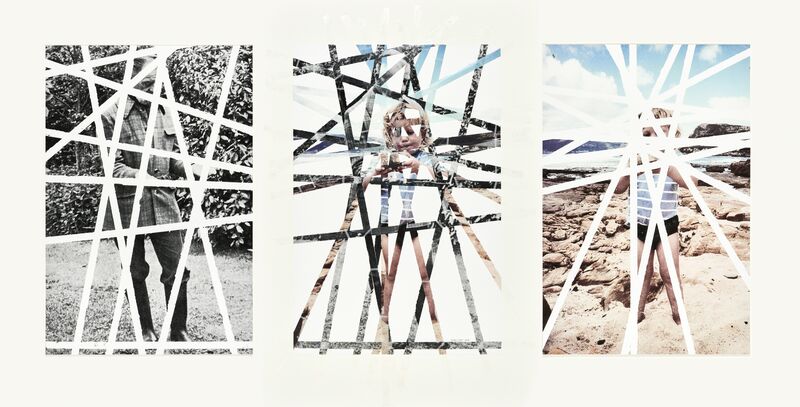Mikhael Sobotzky is a South African artist whose practice often revolves around “revealing the gap between what is presented (idealised) and what is hidden”. Following this concept, Subbotzky uses a unique transfer method of sticky tape to alter the physical representation of images.


In the above works, Subotzky removes the traditional borders and anchors of his images, leaving delicate works held together entirely with strips of sticky tape. I like that this method takes what may otherwise be very simple imagery and allows one to view it in an entirely new way. The way each individual piece of tape is a crucial element in the final image causes the viewer to be able to visually pick it apart. This removes the typical ‘finished’ look we usually seek within art and instead invites the viewer to visualise the process Subotzky used when creating the works.

Subotzky has also used this sticky tape method as a means of blocking certain parts of his images from view. The impression that certain parts of the works are missing continues Subotzkys preferred ‘unfinished’ look within his works. I like that these works oppose some of his other works such as ‘Schliemann II’, showing the other side of his process using sticky tape. I also like the way you have to spend a little longer looking at these images to piece together the contents; the lines created by the tape catch your attention initially and it takes looking beyond them to see the photo beneath. This leads to a more thoughtful viewing of the art, as information that may typically be readily displayed in full is obstructed slightly.
Sources:
https://artbasel.com/catalog/artwork/49320/Mikhael-Subotzky-Sticky-Tape-Transfer-10-After-Bosch
https://en.wikipedia.org/wiki/Mikhael_Subotzky
https://www.goodman-gallery.com/exhibitions/735
